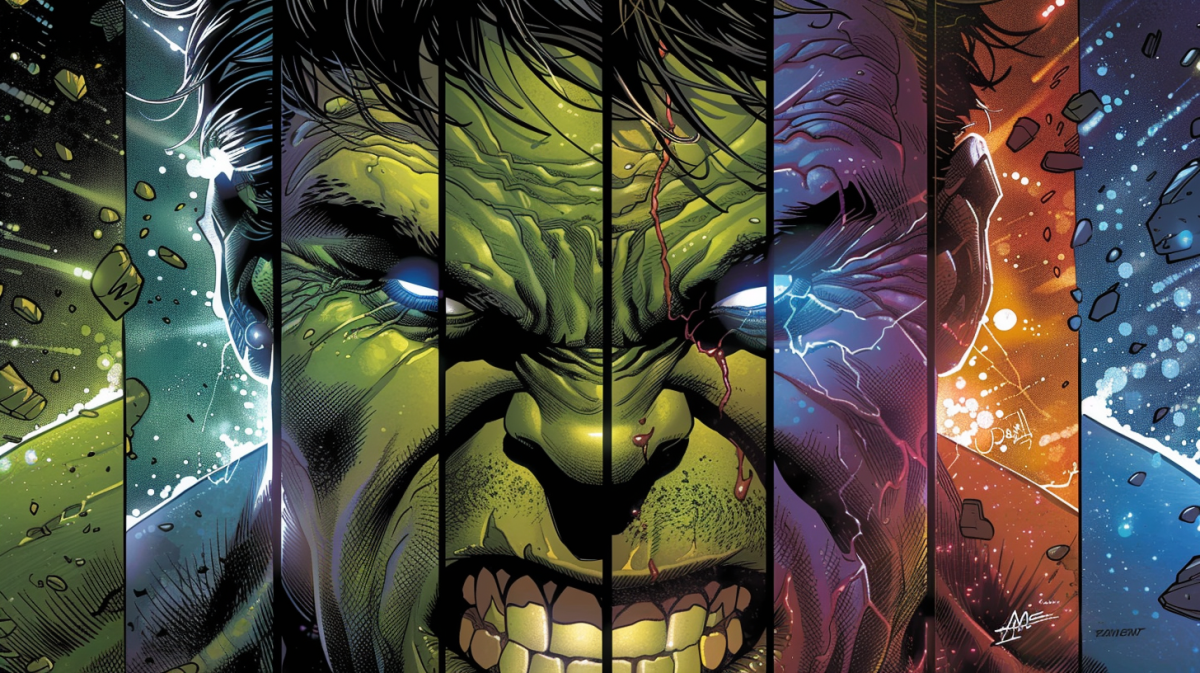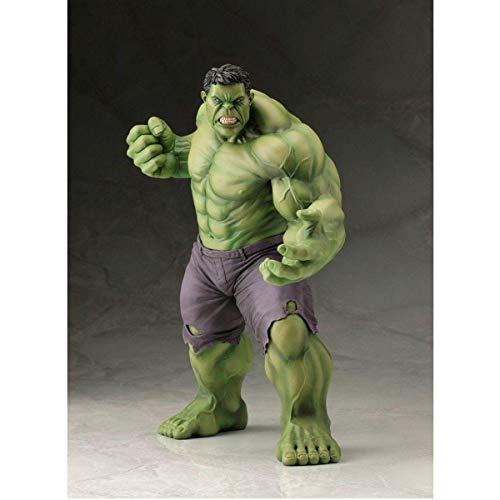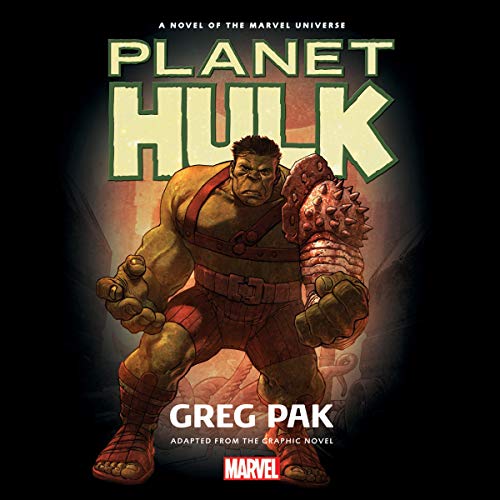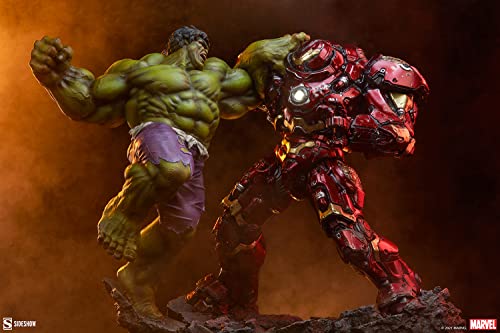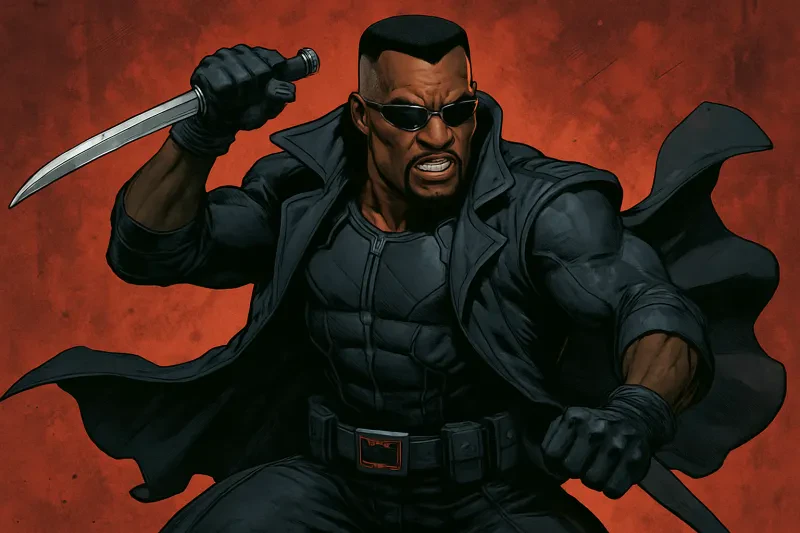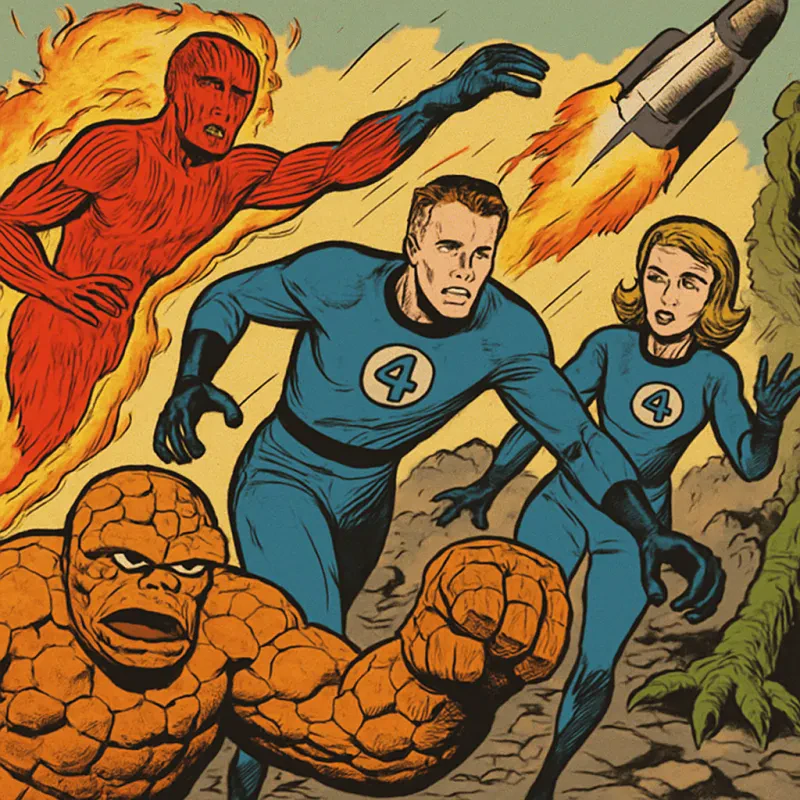Bruce Banner, also known as the Hulk, is a fictional character in the Marvel Comics universe. Created by writer Stan Lee and artist Jack Kirby, Bruce Banner made his first appearance in The Incredible Hulk #1 in 1962. He is a brilliant scientist who specializes in gamma radiation and is known for his alter ego, the Hulk. Bruce Banner's character is complex and multi-dimensional, making him one of the most intriguing and beloved characters in the Marvel universe.
The Science Behind the Hulk: Understanding the Transformation
The transformation of Bruce Banner into the Hulk is a result of a scientific experiment gone wrong. When exposed to high levels of gamma radiation, Bruce Banner undergoes a dramatic physical transformation, turning into a massive green-skinned creature with superhuman strength and durability. This transformation is triggered by intense emotions such as anger or fear, causing Bruce Banner to lose control over his actions.
During the transformation, Bruce Banner's body undergoes significant changes. His muscles enlarge, his skin turns green, and his strength increases exponentially. The Hulk possesses incredible regenerative abilities, allowing him to heal from injuries at an accelerated rate. These physical changes are a manifestation of the immense power that lies within Bruce Banner, but they also come at a cost.
The Psychological Impact of the Hulk on Bruce Banner
The Hulk's existence has a profound impact on Bruce Banner's mental health. The constant struggle between his rational self and the uncontrollable rage of the Hulk takes a toll on his psyche. Bruce Banner experiences feelings of guilt and shame for the destruction caused by the Hulk, leading to a sense of isolation and self-loathing.
The emotional toll of being the Hulk is immense. Bruce Banner often feels trapped within himself, unable to fully express his emotions or connect with others due to the fear of losing control. This internal conflict creates a sense of loneliness and alienation, as he struggles to find acceptance and understanding from those around him.
Marvel Comics Hulk Statue by Kotobukiya ArtFX+
Bring the Incredible Hulk to Life with This Marvel Comics Statue by Kotobukiya ArtFX+
Product information
$154.95
Product Review Score
4.51 out of 5 stars
131 reviewsProduct links
The Role of Trauma in Bruce Banner's Inner Turmoil
Bruce Banner's inner turmoil is deeply rooted in his traumatic experiences. As a child, he witnessed the death of his mother, which left a lasting impact on his psyche. This trauma, combined with the pressure to succeed and the constant fear of losing control, contributes to his inner turmoil.
The impact of trauma on mental health cannot be underestimated. It can lead to the development of various mental health disorders, such as post-traumatic stress disorder (PTSD) and anxiety. For Bruce Banner, his traumatic experiences serve as a constant reminder of his vulnerability and fuel his inner turmoil.
The Hulk as a Manifestation of Bruce Banner's Emotions
The Hulk is not just a physical manifestation of Bruce Banner's immense strength; it is also a representation of his repressed emotions. Bruce Banner's struggle to control the Hulk mirrors his struggle to control his own emotions. The Hulk embodies the anger, fear, and frustration that Bruce Banner suppresses, allowing these emotions to be expressed in a powerful and destructive manner.
The Hulk serves as an outlet for Bruce Banner's pent-up emotions, providing a temporary release from his inner turmoil. However, this release comes at a great cost, as the Hulk's actions often result in collateral damage and harm to innocent people. The constant battle between Bruce Banner and the Hulk reflects the internal struggle between embracing one's emotions and maintaining control.
The Struggle for Control: Bruce Banner vs. the Hulk
The ongoing battle for control between Bruce Banner and the Hulk is a central theme in the character's story. Bruce Banner desperately tries to keep the Hulk at bay, fearing the consequences of losing control. However, no matter how hard he tries, the Hulk always seems to resurface when emotions run high.
This struggle for control has significant psychological implications. It highlights the internal conflict between one's rational self and their primal instincts. Bruce Banner's constant fight to suppress the Hulk represents the struggle to maintain control over one's own mind and actions, a battle that many individuals with mental health issues can relate to.
The Hulk as a Defense Mechanism for Bruce Banner
Despite the challenges it presents, the Hulk serves as a defense mechanism for Bruce Banner. When faced with overwhelming emotions or threats, the Hulk emerges to protect him. The immense strength and power of the Hulk provide a sense of safety and security, allowing Bruce Banner to face situations that would otherwise be too overwhelming.
However, relying on the Hulk as a defense mechanism has its drawbacks. The destructive nature of the Hulk's actions often leads to negative consequences, both for Bruce Banner and those around him. This reliance on an external force to cope with emotions can hinder personal growth and prevent the development of healthier coping mechanisms.
Planet Hulk: A Novel of the Marvel Universe
Product information
$14.03 $12.28
Product Review Score
4.85 out of 5 stars
35 reviewsProduct links
The Impact of Relationships on Bruce Banner's Inner Turmoil
Bruce Banner's relationships play a significant role in his inner turmoil. The fear of hurting those he cares about, both physically and emotionally, creates a barrier between him and others. This fear of intimacy and connection stems from his deep-seated belief that he is a monster, unworthy of love and acceptance.
Healthy relationships are crucial for mental health and well-being. They provide support, understanding, and a sense of belonging. For Bruce Banner, forming meaningful connections is challenging due to the constant threat of the Hulk. However, it is through these relationships that he can find solace and acceptance, helping him navigate his inner turmoil.
Coping Mechanisms for Bruce Banner's Inner Turmoil
Bruce Banner employs various coping mechanisms to manage his inner turmoil. One such mechanism is meditation, which allows him to find inner peace and calm his mind. By practicing mindfulness, he can gain better control over his emotions and prevent the Hulk from emerging.
Another coping mechanism Bruce Banner utilizes is physical exercise. Engaging in intense physical activity helps him channel his anger and frustration in a productive way, reducing the likelihood of the Hulk's emergence. Exercise also releases endorphins, which promote feelings of well-being and help alleviate symptoms of anxiety and depression.
Hulk vs Hulkbuster Maquette by iKON Design Studio
A detailed and dynamic collectible for fans of Marvel's unstoppable Hulk and powerful Hulkbuster
Product information
$1,440.29
Product Review Score
4.13 out of 5 stars
35 reviewsProduct links
The Importance of Seeking Help: Therapy and Support for Bruce Banner
While coping mechanisms can be helpful, seeking professional help is crucial for individuals struggling with mental health issues. Therapy provides a safe space for individuals like Bruce Banner to explore their emotions, gain insight into their inner turmoil, and develop healthier coping strategies.
Support systems are also essential for mental health recovery. Having a network of friends, family, or support groups who understand and accept the challenges one faces can provide a sense of belonging and validation. These support systems can offer guidance, encouragement, and empathy, helping individuals like Bruce Banner navigate their inner battles.
The Battle Within Continues, but Hope Remains
Bruce Banner's inner turmoil is a complex interplay of psychological and emotional factors. The transformation into the Hulk represents his struggle to control his emotions and find acceptance within himself. Traumatic experiences, relationships, and coping mechanisms all contribute to his ongoing battle.
However, amidst the turmoil, there is hope. Bruce Banner's story reminds us that even in our darkest moments, there is always the possibility of healing and growth. Seeking help, developing healthy coping mechanisms, and fostering supportive relationships are essential steps towards finding peace within oneself. While the battle within may continue, hope remains a guiding light on the path to mental health recovery.
